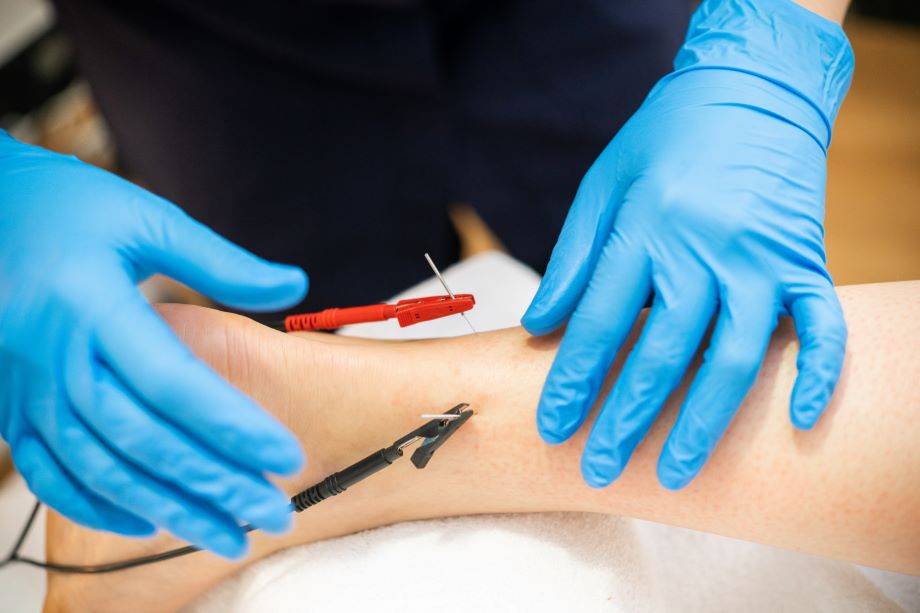Can You Hit a Nerve While Dry Needling?
Dry needling is a technique that uses very fine needles to relax muscle tension, reduce inflammation and promote healing. It should only be performed by trained physical therapists or physicians with expertise in this area.
Depending on the technique used, needles may pierce or tap into sensitive loci or “nociceptors,” which are tiny nerve endings on human skin.
What is a trigger point?
Trigger points are small, hyperirritable areas found in muscle knots. They’re commonly associated with chronic pain conditions like fibromyalgia and can be treated through manual therapy or dry needling.
Trigger points are typically felt as a tender spot in taut bands of tissue that feels like a ball under your finger when massaged. They cause localized and referred pain, along with a twitch response.
These twitching responses, or brief contractions of the spinal cord, are believed to be caused by this reflex. When nerve fibers in the spine are stimulated, they release endorphins – the body’s own natural pain reliever.
Trigger points can be caused by a variety of factors, including stress, postural imbalance, repetitive motion and the residual effects of an old but healed injury. They may also develop due to overstretching or holding a muscle in an awkward position for an extended period.
How is dry needling done?
Dry needling is a physical therapy technique that utilizes very fine, sterile microfilament needles to irritate and release myofascial trigger points. This procedure has been used to successfully treat conditions such as low back pain, neck pain, shoulder and knee discomfort.
A trained practitioner will insert a needle into the affected muscle and feel for and locate its trigger point. They may move the needle around slightly in an effort to elicit what is known as “local twitch response”, which refers to a brief spasm of the muscle.
Most people experience only a mild pinch or some pain as the needle is inserted. Generally, these sensations subside quickly. Occasionally, patients may experience mild bruising or bleeding from the treatment area; however, these should be minimal in intensity.
Can dry needling hit a nerve?
Dry needling is a physical therapy treatment that uses needles to release knots in muscles. This can provide temporary pain relief and increased range of motion.
Dry needling can be effective in treating a variety of conditions, such as headaches, neck pain and back pain. It also has been known to relieve myofascial pain and tennis elbow.
However, it’s essential to note that dry needling can damage nerves. Though this is extremely rare, if the needle hits a nerve it may cause pain, numbness or tingling sensations.
Experience is never something we wish for ourselves, so if any of these symptoms appear after having dry needling treatments, it’s recommended that you cease treatments and consult your therapist.
Some dry needling treatments involve repetitive and rapid needle insertions into myofascial trigger points that can cause muscle injury and damage nerve fibers. This is a very rare side effect of dry needling and usually resolves on its own.
Can dry needling hurt?
A dry needle striking a trigger point may cause a brief muscle twitch and feel of heaviness or dull ache that lasts for a few seconds before dissipating.
Trigger points are typically caused by trauma to an injured area and, in response, muscles tighten up. They can lead to various issues such as pain, dysfunctional movement patterns, headaches or migraines, and joint dysfunction.
Physical therapists frequently utilize dry needling to address trigger points as part of a pain management strategy. This can improve mobility, alleviate symptoms and speed up healing time.
Recent studies have demonstrated the efficacy of dry needling as a treatment for athletes with running injuries. However, further investigation is necessary to determine if this technique could benefit other sports or athletic conditions as well.
If you’re interested in learning more about dry needling or other physical therapy services, please contact us at Simply Physio.



